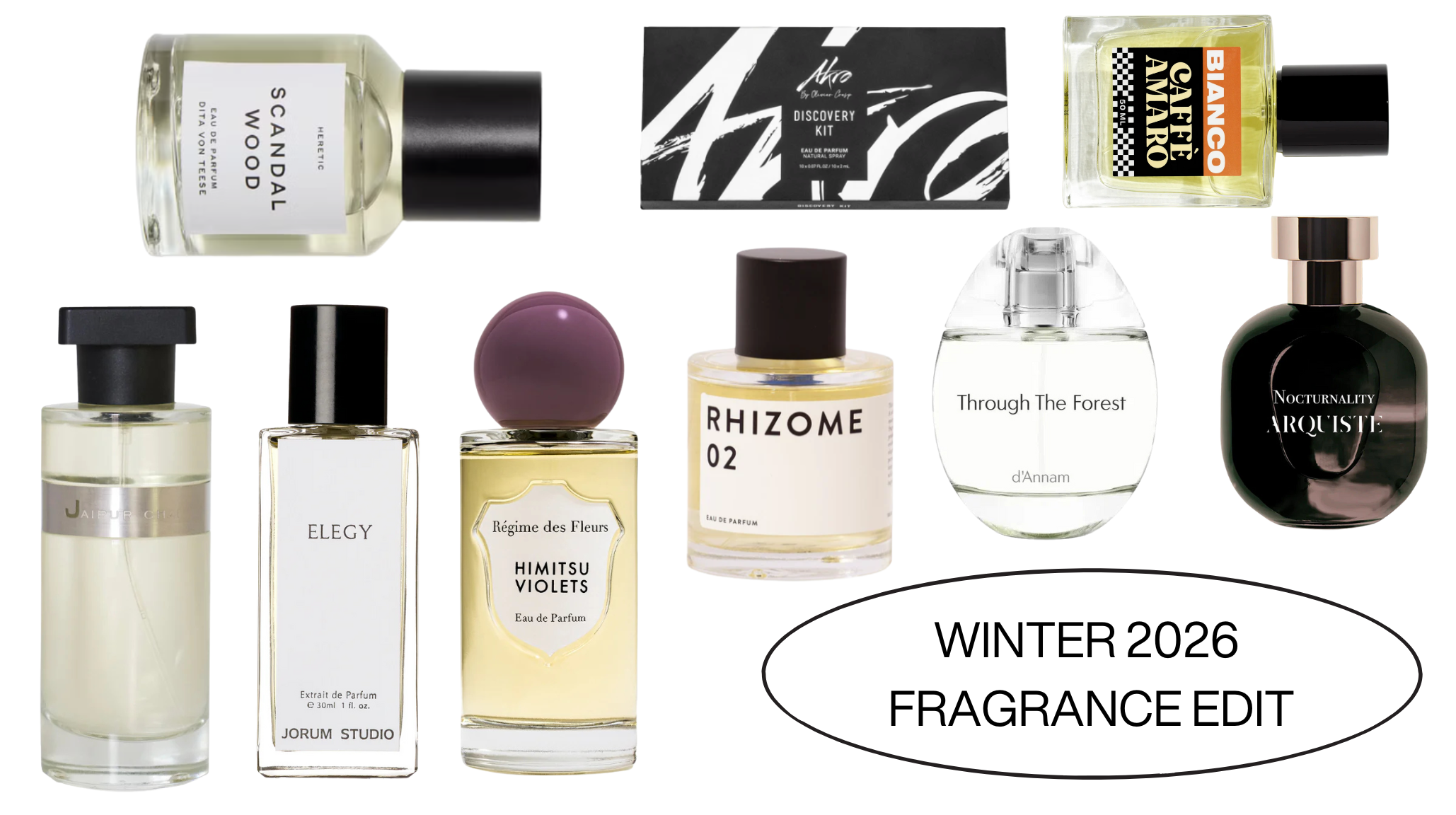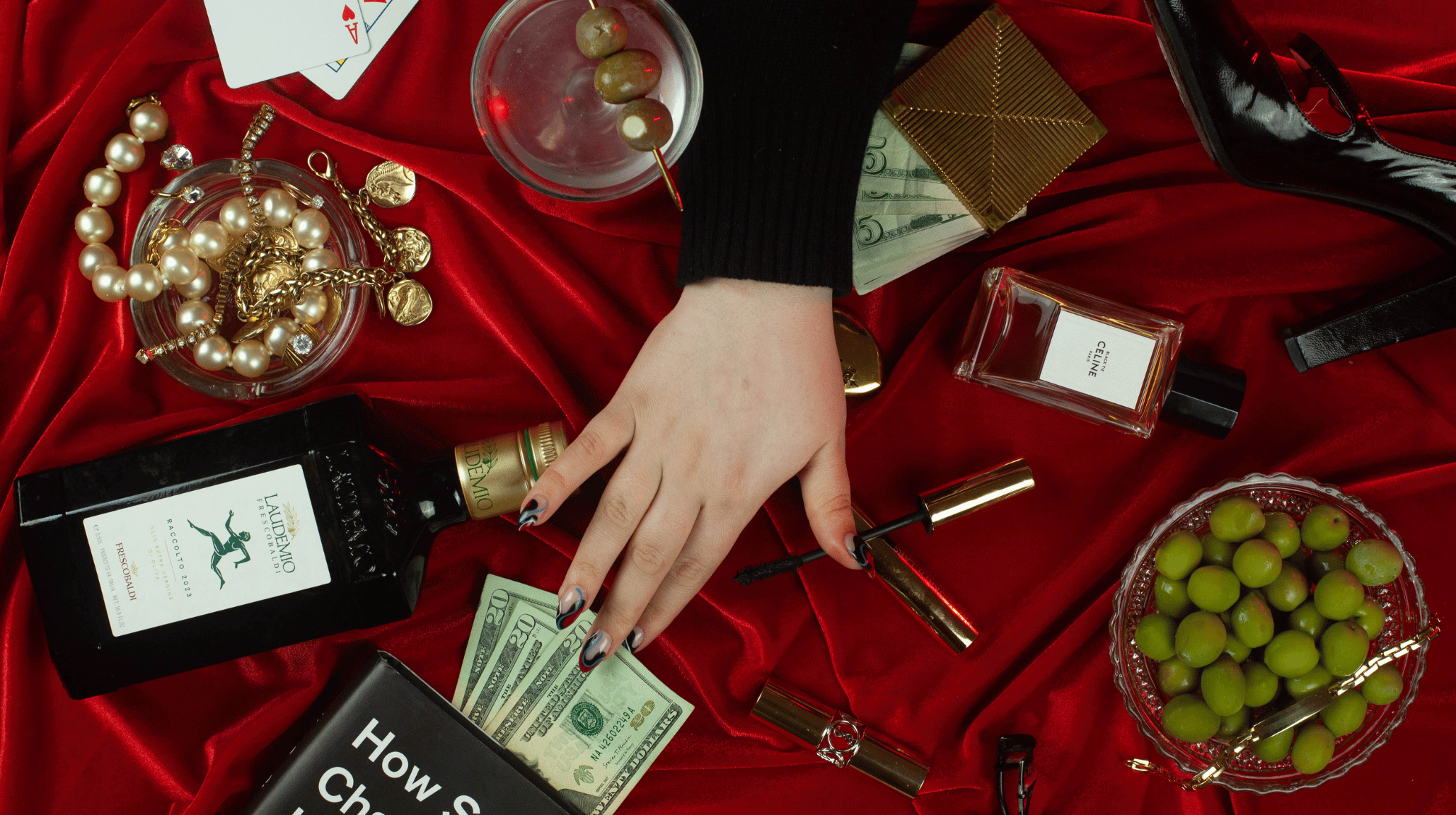What does TikTok’s new Creativity Program mean for the future of creativity?
****
TikTok recently announced that it would be ending its Creator Fund as of December 16, 2023. The fund, launched in 2020, promised to pay out $1 billion to creators over three years. Creators have long criticized the creator fund for its lack of equitable payouts. The end of the creator fund gives way to the Creativity Program, launched in February 2023. However, the new program has some significant distinctions from the previous program, which could be difficult for creators.
The new Creativity Program has some strict eligibility requirements, requiring users applying for the program to have a U.S.-based account, be at least 18 years of age, have at least 10,000 followers, and have at least 100,000 video views in the last 30 days. But perhaps the most notable difference is that for a video to be eligible for monetization, it must be longer than one minute. Additionally, the new program only allows for videos using royalty-free music to be eligible for payouts. These two major differences could pose significant difficulties for creators, especially on an app that gained virality over its pushing of short-form content and trending sounds, most of which are not royalty-free.
With initiatives like the Creativity Program, it becomes clearer that TikTok is starting to shift to long-form content, perhaps to rival its competitor YouTube. In July 2021, YouTube launched its version of short-form content, YouTube shorts, globally. In the last three years, YouTube has paid out $30 billion to creators in the last three years, though it is unclear how much of that portion was from YouTube shorts.
TikTok has been trying to move away from such a heavy reliance on short-form content for a while; additions like the ability to upload a 10-minute video make it clear that the app is trying to be way more than what it started as. While I think it’s cool that creators have the ability to make longer videos, I’m not quite sure if the portrait orientation, or “scrolling,” lends itself to long-form content.
As creators are pushed to create longer-form content in order for it to be eligible for monetization, I also wonder how this will affect metrics. TikTok, like most other social media platforms, the algorithm remains a mystery. However, in the world of social metrics, it’s a long-thought rule that maintaining a low dropout rate or keeping views watching content longer is better for getting content pushed out. But if creators are forced to pad their content with filler to be eligible for monetization, how will this affect their metrics overall?
Most social media companies tend to cannibalize each other's products, the most notable being the adaptation of Instagram stories, originally taken from Snapchat stories. I can understand some of the need for doing this, which is to encourage users to spend more time on the app, using features that they might have become accustomed to using on other platforms. But I sometimes wonder if too much change is a good thing. People come to love individual platforms for very specific reasons. Some adaptation is good, but too much can leave the app looking unrecognizable and only leads to further social media fatigue.
Social media is at a pivotal standpoint; people are tired of the same old, tired of the constant shop features and ads, tired of influencer culture, tired of the virtue signaling, and tired of how social media makes them feel. The first generation of social media users has seemingly started to age out of it. People are craving nuance, complexity, and actual influence, which is why I partly think blogs will make a major return in the next few years. Whether it’s watchers or creators, everyone is getting burnt out by social media, and it remains unclear how monetization efforts like the Creativity Program will play into that. With such rigid requirements for success in TikTok’s new Creativity Program, it makes you wonder what this actually means for creativity.
Readings & References
First-Gen Social Media Users Have Nowhere to Go | WIRED
YouTube is going after TikTok’s crown with the launch of Shorts










